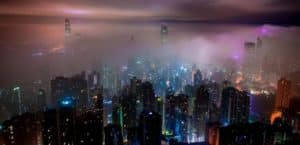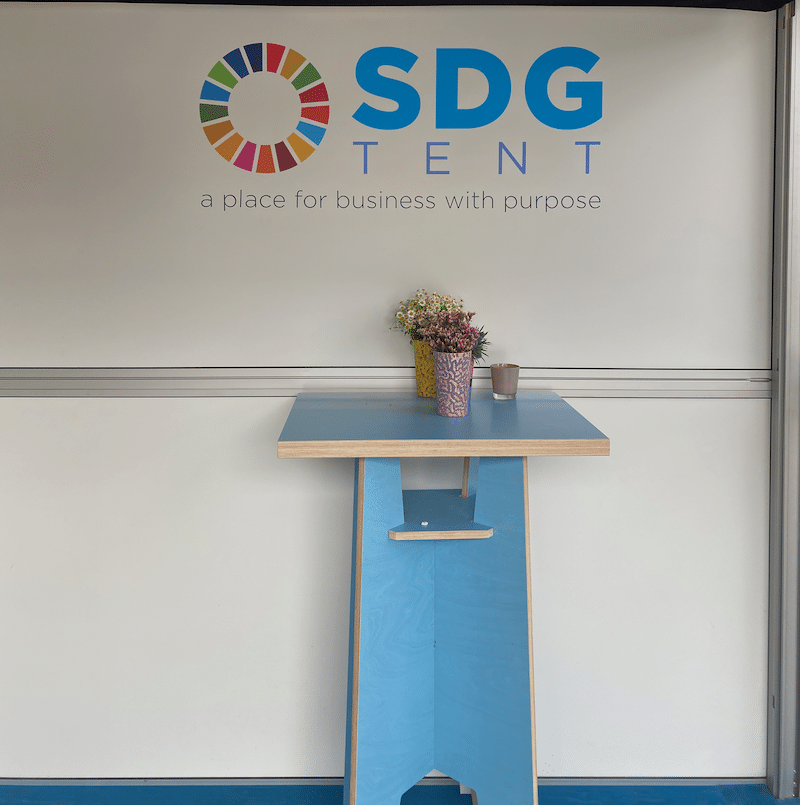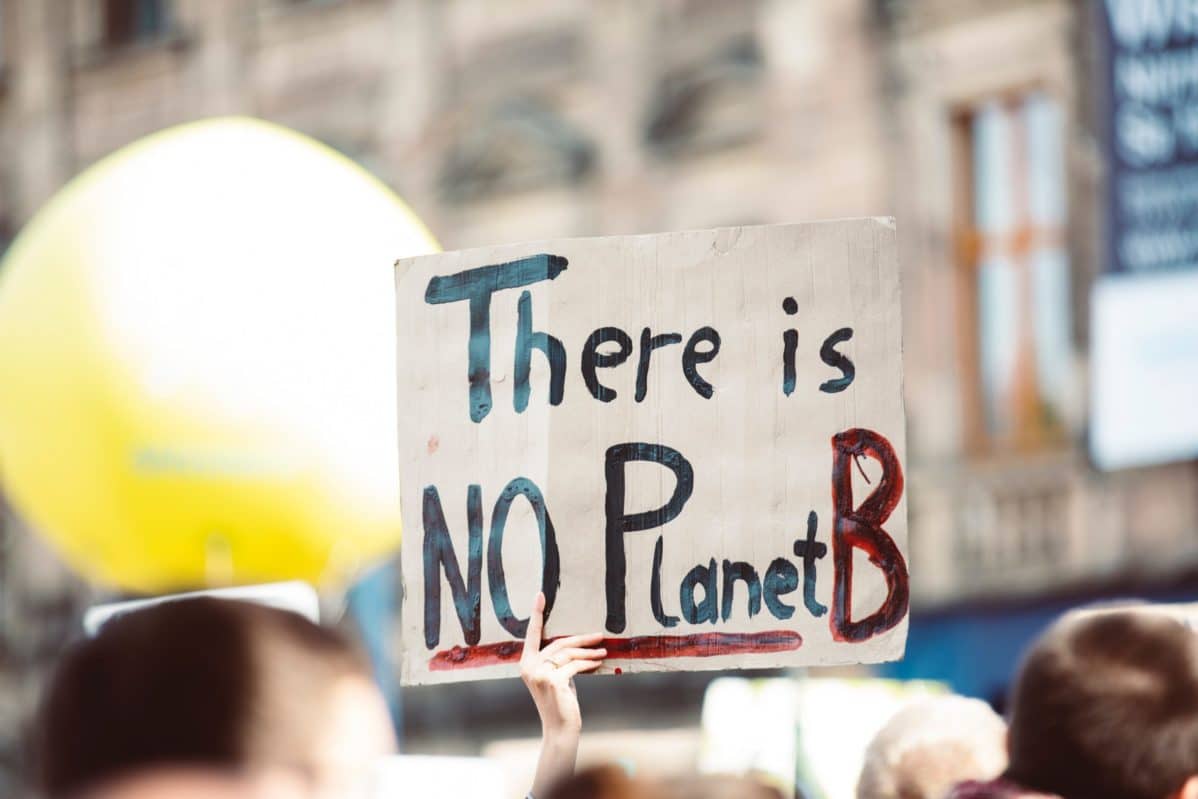The primary driver for nuclear energy is urban development, which demands not just cleaner and more reliable energy but more of it.

Large, growing metropolitan cities need reliable power 24/7 but unfavorable colder climates, land scarcity, and worsening pollution limit renewable energy development. City planners can only install so many small, rooftop solar panels, which generate intermittently depending on the weather.
Nuclear energy is the right fit for large cities as its energy-dense and constant production of baseload power ensures grid reliability and resiliency. Nuclear’s clean baseload power can be paired with renewables to help countries decarbonize without threatening economic growth or manufacturing jobs.
According to McKinsey, the world’s largest 600 cities comprised 60% of world GDP as of 2011. Continuing migration to cities will be the single largest economic trend in the 21st century. By 2050, the world’s urban population will double to six billion people, mostly in Asia.
Water Stress
Accelerated urbanization across the world will put stress on water resources for more than half of the world’s population.
- Drinking water delivery intensifies as a crisis
- Potable water is needed for agriculture (70% of water use)
- Flooding also poses a threat to water treatment works
- Without better sanitation, diseases spread rapidly in cities
Electrification
Another global trend driven by urban growth is the electrification of the transportation sector.
- Sales of electric vehicles and power demand will grow >400%
- Electricity for charging vehicles rises 4x from 2030 to 2040
Critical Infrastructure Upgrades
Trillions of dollars of investments are needed globally to upgrade and maintain cities’ electric and water systems. The growth in renewables have exacerbated the world’s infrastructure needs.
Intermittent renewables require not only backup generation resources to ensure grid reliability but a massive buildout of current transmission networks as well, including new transmission lines as well. This is because utility-scale solar, wind and hydroelectric resources are often located far from cities.
Due to renewables’ intermittency, power grids face transmission outages and grid congestion when unreliable renewables supply too little or too much electricity to meet demand. These transmission outages and bottlenecks cause fluctuations in electricity costs as grid operators must take emergency measures to counter sudden drops or increases in the flow of renewable-generated electricity.
Faced with inconsistent electricity costs from renewable intermittency and grid congestion, many energy-intensive industrial consumers are forced to go off-the-grid, relocate, or shutter. The loss of such industrial and commercial customers shifts infrastructure upkeep costs even further onto other utility ratepayers, at the expense of economic growth.
By shoring up the grid’s reliability and resiliency, nuclear energy reduces the need and extent of this transmission buildout in accommodating more renewables. Nuclear supplies a reliable stream of baseload power that industrial customers need to safeguard their profit margins. Nuclear also supplies a steady stream of revenue for cities and other authorities to reinvest into infrastructure projects.
Beyond keeping the lights on
The recovery and resilience of power grids can only be met by nuclear power.
- Weather-dependent wind and solar suffer from reliability problems
- Nuclear is not the lowest-cost but nuclear is the BEST FIT for urbanization
- Nuclear is competitive, emissions-free and runs 24/7
- Reactors can supply carbon-free electricity and industrial heat to decarbonize entire economies






